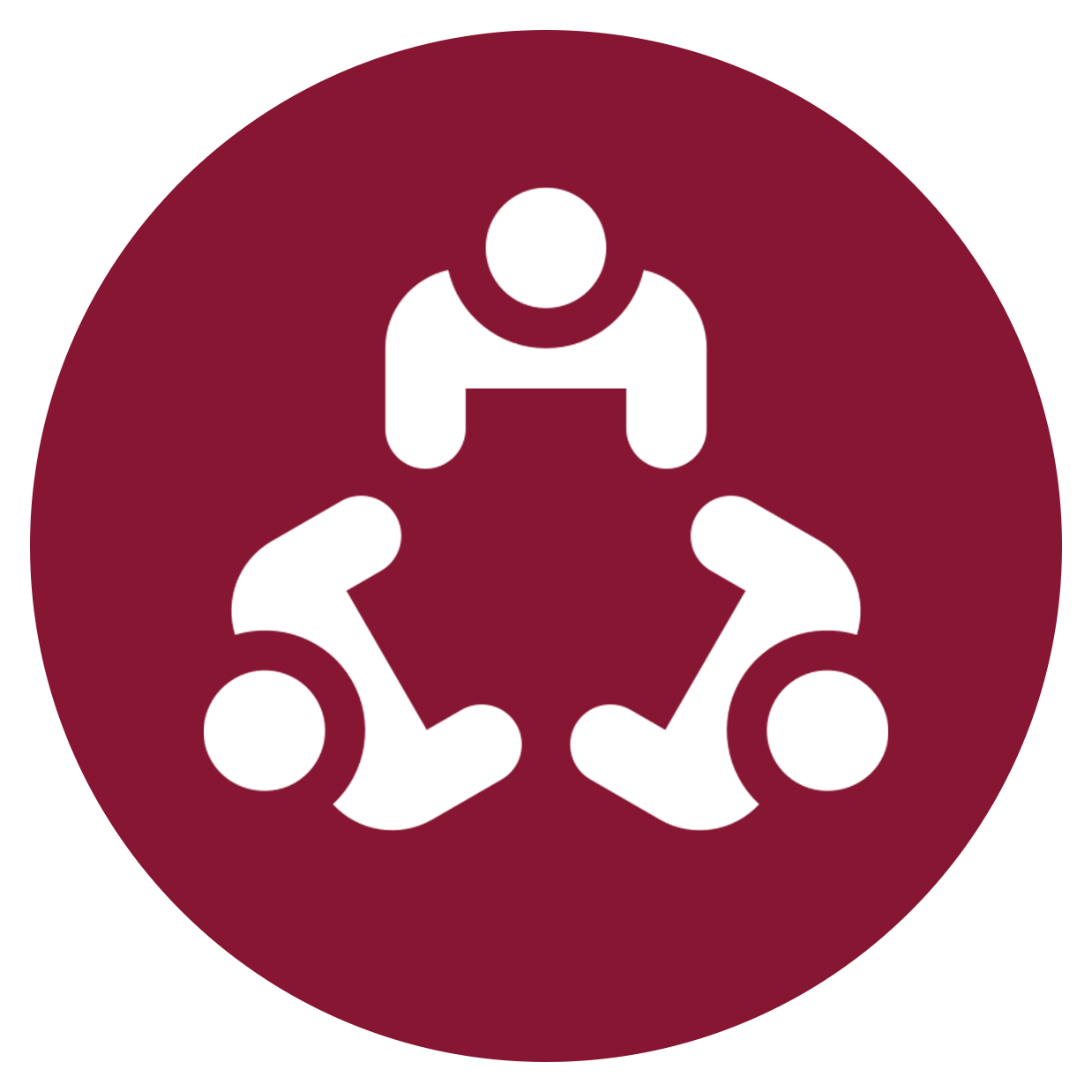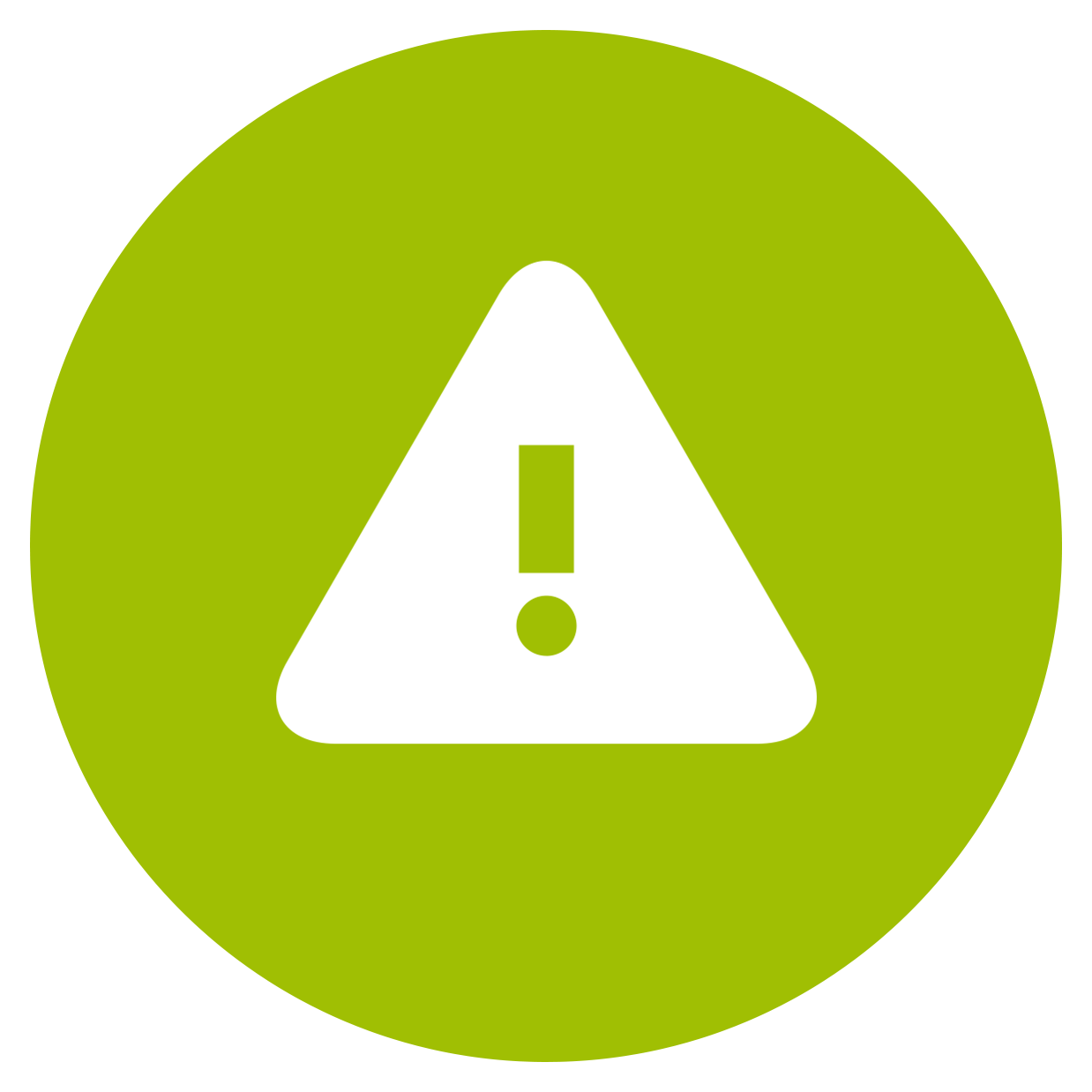Reducing Customer Effort: How you can capture customer loyalty and gain brand supporters
Written by Support EXP


Are you a bank or credit union leader looking to increase customer loyalty? If you’re struggling to move beyond one-time buyers and establish a base of loyal supporters, it might be time to focus on reducing customer effort. Effort—the time and work it takes to get support from your business—is an almost foolproof predictor of customer loyalty, which makes it essential to address if you want to create satisfied, long-term customers.
In this article, we’re sharing our best tips and practices to help you reduce customer effort and make your financial institution more attractive. Read on to discover how you can make the journey for customers as painless and easy as possible!
Key Takeaways:
High-effort experiences inhibit the growth of customer loyalty.
Practical changes can simplify the customer journey by reducing friction during account opening or purchase processes.
Reduced customer effort contributes to greater customer satisfaction and repeat business.
Customer Effort Score (CES) is more accurate than other CX metrics at predicting customer loyalty.
What Does Customer Effort Mean?
How easy is it for customers to purchase and engage in communication with your business? In a nutshell, this is the question that customer effort answers. If interactions with your company require high effort (making multiple phone calls, digging through the website, navigating cumbersome pages), customers are likely to give up before the purchase.
Worse yet, a challenging customer service experience might make them quit your company and warn their friends to do the same!
Innovative companies make it a top priority to minimize the efforts of customers because they know it’s the key to happy customers and repeat buyers.
Tips to Reduce Customer Effort
Reducing customer effort is a great way to increase sales and boost customer satisfaction. Fortunately, you can make a few simple changes to make the customer journey more accessible and reduce pain points before, during, and after a transaction. Below are some of our best tips for reducing customer effort:
Tip 1: Make Your FAQ Page Accessible and Helpful
Ideally, customers should be able to solve their problems based on easily accessed information on your website. An FAQ page is an excellent way for customers to find answers, but you need to ensure your page is easily accessible. Feature it prominently on your homepage under a header like “support.”
Then, make sure your FAQ page answers common customer questions. Ask your call center representatives for a list of common inquiries, and address them on your FAQ page. Doing so will reduce the number of callers and help reduce customer effort by allowing your buyers to find their solutions.
Tip 2: Make Checkout Simple
The customer journey should be as easy and painless as possible. You don’t want customers abandoning their purchase because of too many hoops to jump through!
First, offer guest checkout. While collecting emails and personal information from every buyer is tempting, your goal is to reduce customer effort. Offering guest checkout is a great way to let customers make purchases quickly and easily.
Second, simplify the checkout journey. A great way to do this is one-page checkout. Remove any possible pain points along the way that might make customers abandon their purchase because it involves too much effort.
Tip 3: Anticipate Customer Needs
You don’t have to be a fortune teller, but there are particular customer needs that you can probably anticipate and prepare for ahead of time.
For example, send customers an assembly guide or an email with local assembly service providers highlighted if you sell furniture that needs assembly after purchase. If you’re an insurance company, ensure you automatically send customers any certificates and documentation they might need.
Don’t wait for the customer to call—anticipate their needs and provide them with tools for their success!
Tip 4: Use Chatbots
Another great way to help customers find their solutions is through chatbots. You can reduce customer effort by allowing them to type a quick message on your website. The bot can help with common issues or get the appropriate representative for more challenging problems.
One chatbot caveat: don’t use automation as a replacement for real representatives! It should be a frontline measure to help customers and ease the load for your customer help desk, but it should always direct customers to an actual person if they can’t solve their problem quickly.
If you rely on chatbots entirely when it comes to reducing customer effort, you’ll find yourself with frustrated customers who have to expend even more effort to find solutions.
Tip 5: Advertise Contact Information
When customers have a problem that they can’t solve themselves, they should be able to access a representative quickly. There’s nothing more frustrating than combing through a website for ten minutes to find the correct phone number!
Lower frustration by making your contact information easy to find. Under any support or FAQ page, you should list your phone number. If you have a dedicated number just for customer support, that’s even better; customers won’t have to navigate a dizzying call menu to find the correct extension.
Tip 6: Be Careful with Automated Answering Systems
Many companies are turning to automated or “smart” answering systems. The systems are programmed to listen for specific keywords from the customer and direct them to the appropriate solution.
While this approach can help relieve pressure on your customer support team, it can quickly become a source of customer frustration. If you use an automated answering system, ensure customers always have the option to speak to a representative if they need more detailed support. For bonus points, make that the first option in the menu!
Tip 7: Limit Transfers
There’s nothing more frustrating than getting your call transferred as you re-explain your problem to each new representative. While it’s sometimes necessary to transfer the customer to a different expert, you should make the process as seamless as possible.
An excellent way to make transfers painless is to have the representative—not the customer—explain the problem to the expert. Don’t transfer the call and leave the customer to fend for themselves!
Making transfers painless is a great way to reduce customer effort effectively.
Why Is It Important to Consider Preventative Measures?
It’s understandable to wonder whether proactive measures to reduce customer effort have a lasting effect. According to the data, a low-effort customer interaction improves repurchase rates, boosts overall customer loyalty, and even decreases costs through greater efficiency.
According to 2019 research from Gartner, 94% of customers who experience a low-effort interaction buy again. In contrast, only 4% of customers with a high-effort experience do the same. Similarly, the customer effort score is 40% more accurate at predicting customer loyalty than other metrics, like general customer satisfaction.
With these statistics in mind, preventative strategies to reduce or eliminate effort are a great way to improve the customer experience and boost customer loyalty.
How Are Customer Effort Scores Used?
The CES, or Customer Effort Score, measures how much effort a customer has to exert when interacting with your company.
CES is usually calculated on a scale of 1–7 and asks customers to respond to an introductory statement, “How easy did our company make it to resolve [X] issue?” Customers rate their response, with 7 indicating the easiest experience and 1 the most difficult. You can calculate customer effort using the results and see how your business stacks up against the competition.
Like other customer service metrics, the final customer effort scores are how companies identify problems in the customer journey and improve the overall brand experience. Measuring customer effort is significant because the score is a great predictor of actual customer loyalty.
To get the most out of your CES results, work with professionals in the field of customer analytics. The right experts can help you analyze your score correctly and develop practical and effective solutions for any problems. Then, don’t forget to re-test so you can track the effectiveness of your changes!
If would-be customers struggle to find products, make purchases, and find support, you might suffer from high customer effort. While reducing customer effort can seem daunting, you can make it an attainable goal by following our tips.
Overall, if you place yourself in your customers’ shoes and work to make their brand experience as painless as possible, you can increase customer loyalty by reducing their effort.
If you’d like to take the next step by calculating your customer effort score, we can help! At Support EXP, we offer advanced analytics and scoring metrics to help you make the most of your survey results. Contact us below to get started.















